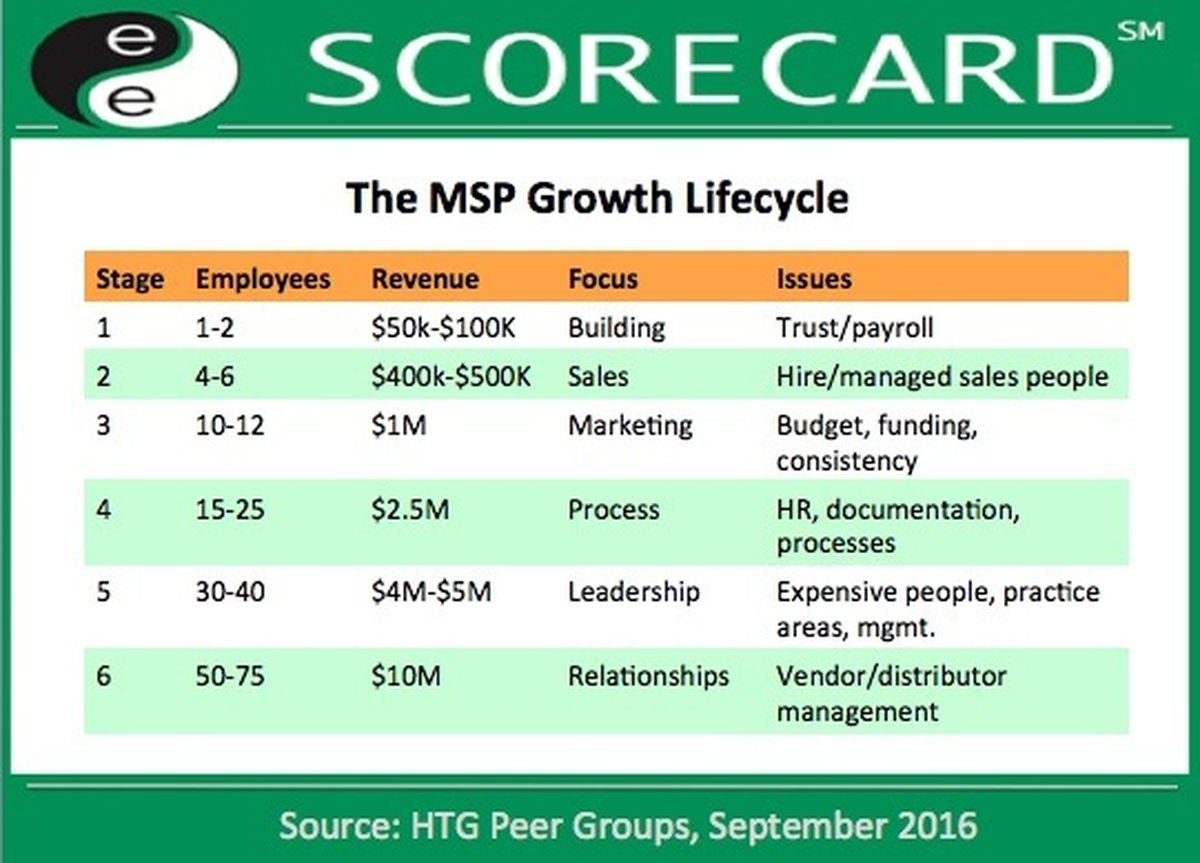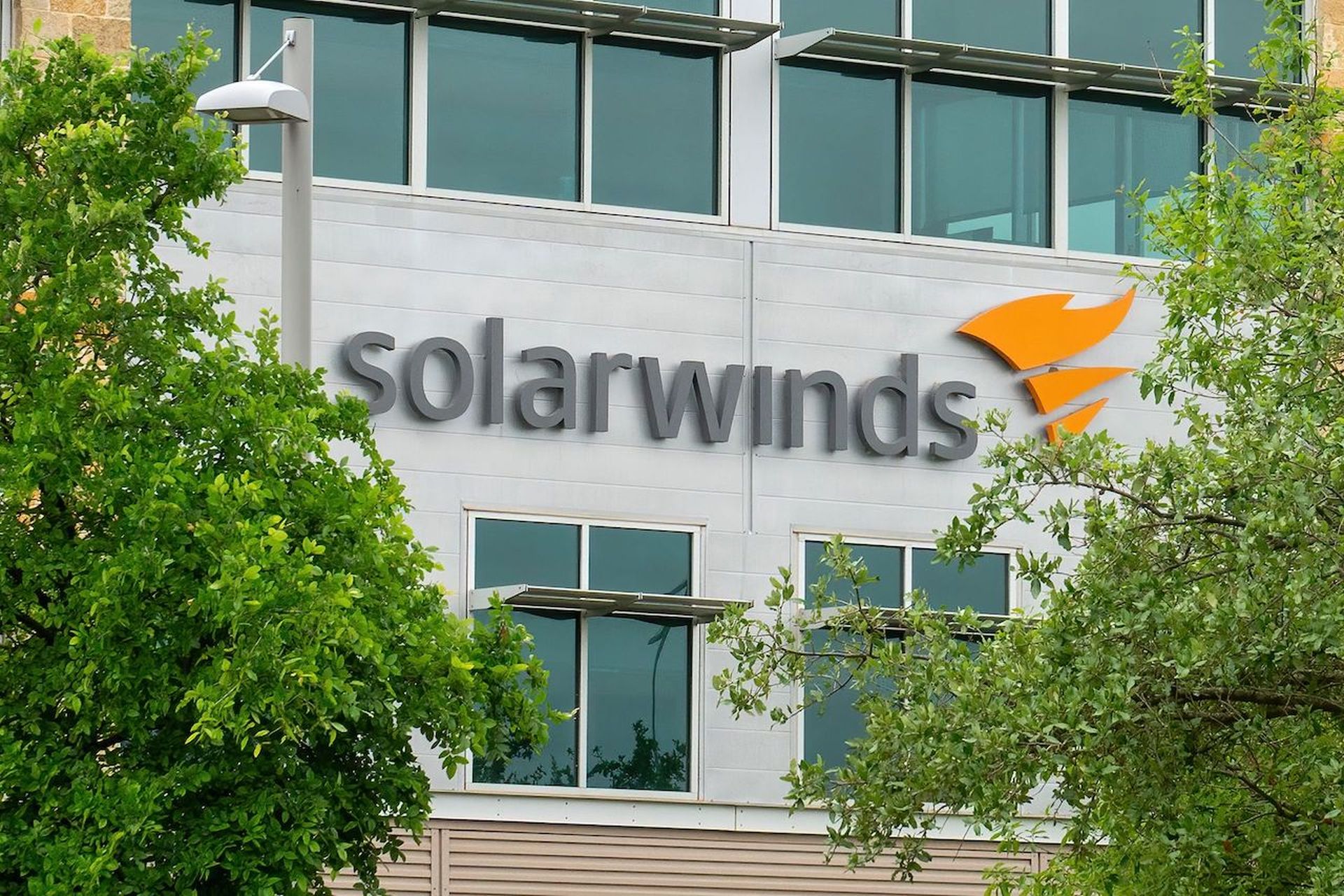Although the overall MSP market remains healthy, companies that struggle in the sector often share a common trait. Indeed, they often think "growth" will fix their business problems. But in reality, the business fix typically involves something completely different.
As basketball legend Bill Walton told Continuum Navigate 2016 attendees yesterday:
"You can't move to what's next without being in balance first."
Now, apply that soundbite to MSPs. In a business world focused on growth, financial firms like GreatAmerica say too much growth can be a bad thing. Instead, Service Leadership Inc. CEO Paul Dippell recommends MSPs focus on their bottom line EBITDA (earnings before interest, taxes, depreciation and amortization).
Best-in-class MSPs typically have 20 percent EBITDA margins or more. If the recurring revenue portion of your business is significantly below that figure, then scaling top-line revenues won't make much sense because you're basically growing a business that's filled with inefficiencies.
Understanding MSP Inefficiencies
What are the inefficiencies? HTG Peer Groups has some answers. During a Continuum Navigate 2016 conference session, HTG CEO Arlin Sorensen explained six stages of the growth lifecycle -- and the traits/challenges associated with each stage.
Admittedly, most of the discussion involved small MSPs serving SMB customers, rather than midmarket and enterprise players. Sorensen described the following stages, headcount figures, typical revenues, focus areas and issues MSPs can expect to encounter.

Revenue growth can be a beautiful thing. But if your EBITBA profit margins are weak, you're merely applying makeup to an ugly business.
Side note: The growth lifecycle above is not to be confused with ChannelE2E's own five stages of business -- which trace IT services providers from entrepreneur (i.e., startup) to exit.




